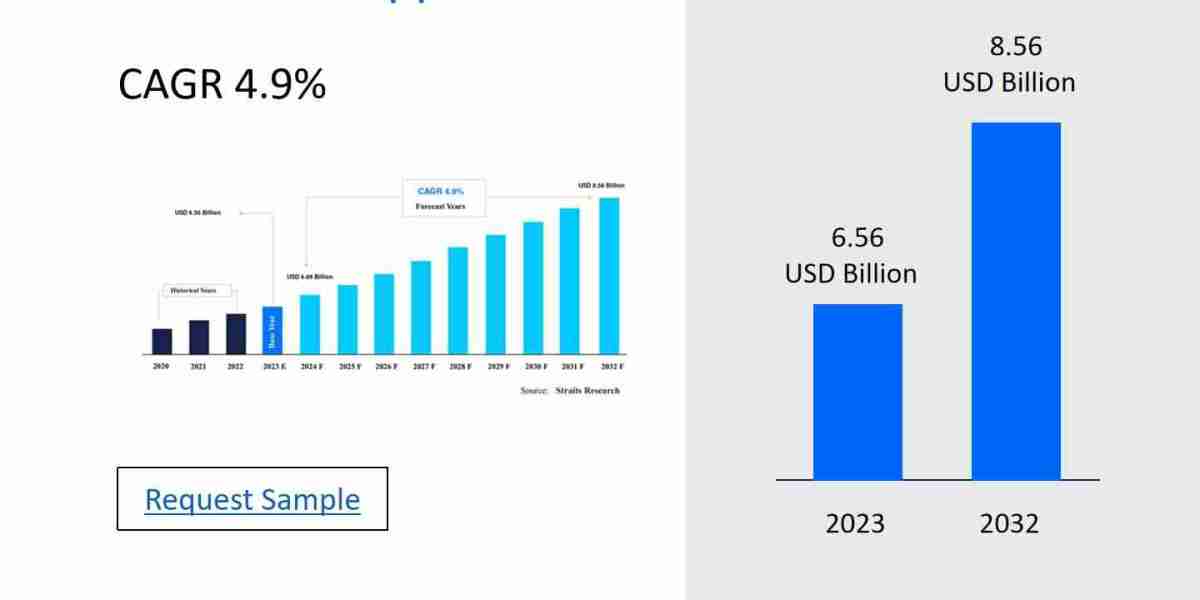Introduction
The Industrial Plastic Bags Market is undergoing a fundamental transformation as global recycling policies become more stringent and far-reaching. From national bans on single-use plastics to extended producer responsibility (EPR) mandates and circular economy targets, manufacturers are increasingly pushed to create industrial plastic bags that align with sustainability and recyclability goals. These evolving regulatory frameworks are not only changing material choices but also influencing supply chain behavior, product lifecycles, and packaging designs.
Rise of Global Recycling Regulations
Countries around the world have implemented strict laws to curb plastic waste. Prominent developments include:
European Union’s Single-Use Plastics Directive, banning certain non-recyclable plastic items
India’s Plastic Waste Management Rules, emphasizing EPR and recyclable packaging
Canada’s zero-plastic waste strategy, targeting industrial packaging sectors
U.S. state-level bans and recycling mandates, especially in California, New York, and Oregon
These policies are creating pressure on manufacturers and industries to adopt recyclable or reusable plastic bags in industrial operations.
Shift to Mono-Material Plastic Bags
One of the most significant changes driven by recycling mandates is the transition from complex multi-layer bags to mono-material plastic bags. These bags use a single type of polymer (e.g., polyethylene or polypropylene), making them easier to collect, sort, and recycle. Benefits include:
Higher recyclability rate due to material purity
Reduced contamination in recycling streams
Better compatibility with existing recycling technologies
Compliance with EPR targets
While mono-material bags may have slightly lower barrier properties than multi-layer ones, advances in material science are quickly closing the gap.
Emphasis on Reusable and Recyclable Formats
Industrial users are shifting toward reusable and recyclable bag formats to comply with sustainability frameworks. These include:
Heavy-duty woven plastic bags for bulk transport
Returnable liners in cleanroom environments
Thicker gauge plastic bags that can withstand multiple uses
Post-consumer recycled (PCR) content bags for closed-loop systems
This trend supports both waste reduction and resource optimization, especially in industries with frequent packaging turnover.
Influence of Extended Producer Responsibility (EPR)
EPR mandates hold manufacturers accountable for the lifecycle of the packaging they produce. For the industrial plastic bags sector, this means:
Incorporating recycled content to minimize virgin plastic usage
Designing for easy disposal and recycling
Participating in take-back schemes or waste collection partnerships
Reporting packaging usage and waste generation
Many companies are now investing in eco-design practices to ensure their industrial packaging meets regulatory and consumer expectations.
Innovations in Recyclable Materials
As traditional plastic blends face recycling challenges, innovators are developing new materials tailored to meet recycling targets. Key advancements include:
High-barrier polyethylene films as alternatives to non-recyclable laminates
Recyclable metallized films for moisture and light-sensitive products
Bio-based recyclable plastics combining performance with reduced carbon footprint
Solvent-free and water-based printing inks for easier separation during recycling
These materials allow industrial plastic bags to retain functionality while meeting global recycling standards.
Challenges in Implementation
Despite the momentum, several barriers remain in adopting recyclable industrial plastic bags:
Lack of recycling infrastructure in many regions
High cost of recyclable or biodegradable materials
Limited awareness among small- and mid-sized industries
Supply chain resistance to change in packaging formats
However, government incentives, awareness programs, and partnerships with recycling companies are slowly addressing these challenges.
Regional Market Trends
Recycling mandates are shaping regional markets differently:
Europe leads in innovation and adoption of recyclable industrial packaging, backed by policy and infrastructure
Asia-Pacific is witnessing a fast transition, especially in India and China, due to government bans and urban waste problems
North America is moving steadily, with strong industrial demand for recyclable bags in logistics and manufacturing
Latin America and Africa are catching up through regulatory alignment and public-private partnerships in recycling initiatives
These regional dynamics are influencing material sourcing, production strategies, and market entry decisions for packaging manufacturers.
Industrial Demand for Sustainable Branding
Beyond compliance, businesses are now leveraging recyclable industrial packaging as part of their corporate social responsibility (CSR) and brand positioning strategies. Benefits include:
Improved public perception and customer loyalty
Qualification for green certifications and procurement programs
Better stakeholder relations through sustainability reporting
Competitive differentiation in environmentally sensitive markets
Industrial plastic bags are increasingly viewed not just as utility items, but as brand touchpoints that reflect a company’s values and environmental commitments.
Conclusion
Recycling mandates are no longer optional—they are transforming the industrial plastic bags market at every level. From material selection to product design, and from regulatory compliance to consumer perception, the push for recyclability is accelerating innovation and responsibility. As the world moves toward a circular economy, companies that proactively adapt to these changes will be better positioned for long-term growth and sustainability.




